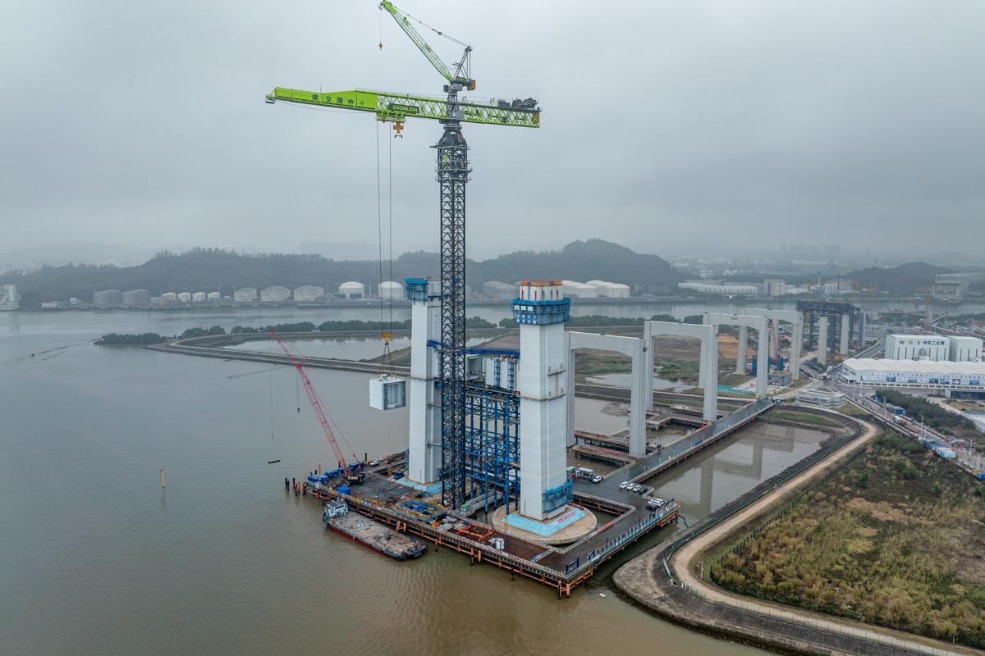Beijing sees fall in permanent resident population for sixth straight year


Beijing's permanent resident population has experienced a "six-year consecutive decline" since 2017, according to a blue book on the city's population development released on Saturday.
The book, which was jointly published by the Beijing population and social development research center under the Beijing Administration Institute and the Social Sciences Academic Press, shows the health level and cultural quality of the population in the capital rank among the top in the country.
According to the blue book, the city's permanent resident population was 21.84 million in 2022, with a registered population of 14.28 million, indicating a steady decline in the permanent resident population while the registered population continues to grow.
In many cities in China, residents need to meet certain conditions to get registered, or have hukou, which is not easy for the permanent population to get, especially in cities such as Beijing and Shanghai where there are better education and welfare facilities.
To pursue a sustainable development, Beijing has been working on capping its population in recent years.
In 2022, the birth rate of the permanent resident population continued to decline in Beijing, and the natural growth rate of the permanent resident population in the city showed a negative value in sync with the national trend.
In terms of population structure, the aging of the population in the city has deepened, but the proportion of the working-age population is still higher than the national average.
In 2022, the number of permanent residents aged 60 and above in Beijing was 4.65 million, accounting for 21.3 percent of the total, which is 1.5 percentage points higher than the national average.
The size of the working-age population aged 15-64 has been steadily declining since 2015, reaching 15.9 million in 2022, accounting for 72.8 percent of the total, but still higher than the national average.
The research said the population size and proportion in the central urban area in Beijing have decreased, while in the sub-center in Tongzhou district and the plain new town both have generally increased, which contributed to the achievement of balanced development in multiple areas in Beijing.
Meanwhile, the health level and cultural quality of the population in the city still rank among the top in the country.
In 2021, the average life expectancy of registered residents in Beijing reached 82.47 years, higher than the national average for the same period.
In the last year, there were 56,181 people with at least a college degree or above per 100,000 permanent residents aged 15 and above in Beijing, much higher than the national level.
"The stable size of high-quality labor force has laid the foundation for Beijing to build an international science and technology innovation center and a talent hub," said the blue book.
- China steps up efforts to cultivate international legal talents
- Alert issued in Jilin province after black bear attacks
- China launches new satellites
- New lichen genus discovered on Qinghai-Tibet Plateau
- New Petrocodon species discovered in South China
- China's State Council studies Xi's speeches, outlines key work priorities for 2025





































